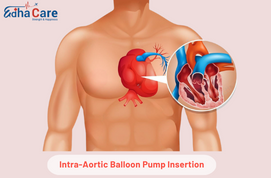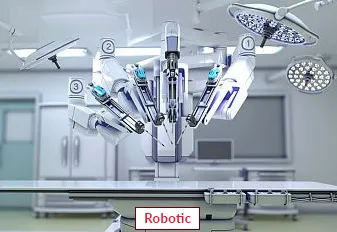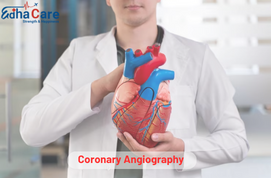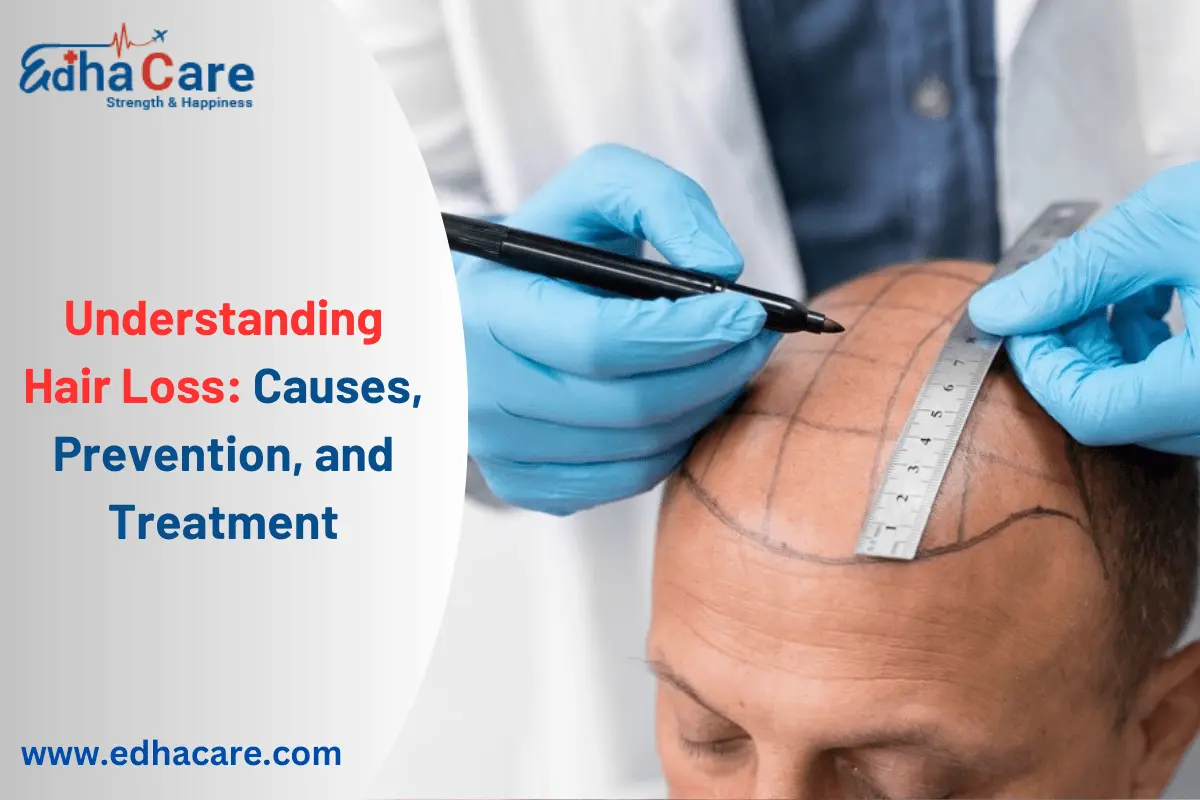Intra-Aortic Balloon Pump Insertion

The implantation of an intra-aortic balloon pump (IABP) is a treatment used to sustain heart function in patients who are undergoing high-risk surgery or who are experiencing cardiac failure. A deflated balloon and catheter are carefully introduced into the aorta during the surgery through a peripheral artery, usually the femoral artery, and placed in the descending aorta. After being positioned, a balloon gets inflated and deflated in time with the heartbeat, increasing the flow of blood during diastole and lessening the strain on the heart. While awaiting more interventions or during complicated surgeries, this brief mechanical support helps to improve cardiac output, increase the coronary artery perfusion, and maintain the patient's state.
Book an AppointmentAbout Intra-Aortic Balloon Pump Insertion
Signs and symptoms: Myocardial infarction, also referred to as heart attack, can cause pain or discomfort in the chest, breathlessness, vomiting, nausea, and other upper parts of the body such the arms, back, the neck, jawline, or stomach.
Causes: A myocardial infarction is caused by a prolonged blockage of blood flow to a specific area of the heart. This blockage is usually the result of a plaque rupture in the coronary artery, which causes a blood clot to develop and impede blood flow.
Remedies: Treating a myocardial infarction promptly entails giving drugs like the medication, thrombolytics, and beta-blockers in addition to operations like coronary artery bypass grafting, also called CABG, or percutaneous coronary intervention, also known as PCI, to minimize damage to the heart muscle and restore the flow of blood to the affected area. A good diet, frequent exercise, quitting smoking, stress management, and other lifestyle modifications can help avert future incidents.
Procedure of Intra-Aortic Balloon Pump Insertion
Emergency Assessment: Seeking prompt medical assistance is necessary if there is a suspicion of a myocardial infarction. Medical practitioners carry out an extensive
Medications: evaluation, which includes blood tests, an electrocardiogram (ECG), and a physical examination to confirm the diagnosis.
medicine: In order to reduce symptoms and stop more issues, patients are given medicine. Aspirin, nitroglycerin, beta-blockers, ACE inhibitors, statins, and thrombolytics to break up blood clots are a few examples of these.
Oxygen Therapy: Increasing blood oxygen levels reduces cardiac workload and enhances tissue oxygenation. This is why oxygen therapy is frequently administered.
Reperfusion therapy: In order to minimize damage to the heart muscle and restore blood flow to the damaged coronary artery, reperfusion therapy—such as percutaneous coronary intervention (PCI) or thrombolytic therapy—is carried out immediately.
Coronary Angiography: To determine the location and severity of coronary artery blockages and to inform future treatment choices, patients may have coronary angiography.
Cardiac Rehabilitation: To maximize recovery and avert subsequent cardiac events, patients may take part in cardiac rehabilitation programs after receiving acute care. These programs include supervised exercise, education, and counseling.
Lifestyle Modifications: In order to lower their chance of suffering another myocardial infarction, patients are recommended to adopt heart-healthy lifestyle practices such as eating a balanced diet, exercising frequently, quitting smoking, managing their stress, and taking their prescription drugs as directed.
Require Assistance?
Get A Quick Callback From Our Healthcare Experts
Other Specilities We Cover

Robotic Heart Bypass Surgery

Heart Bypass Surgery




